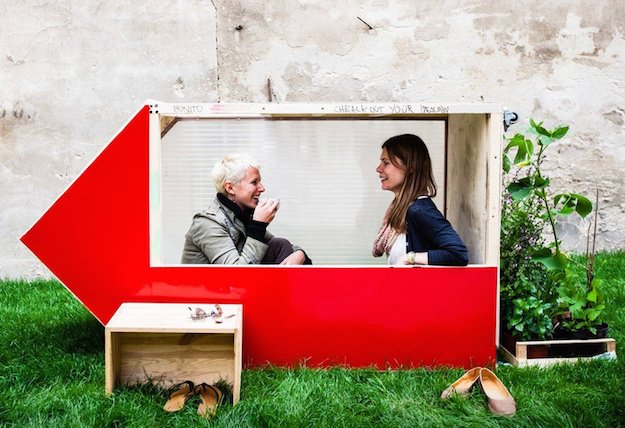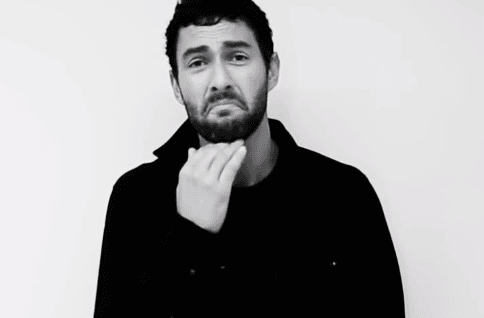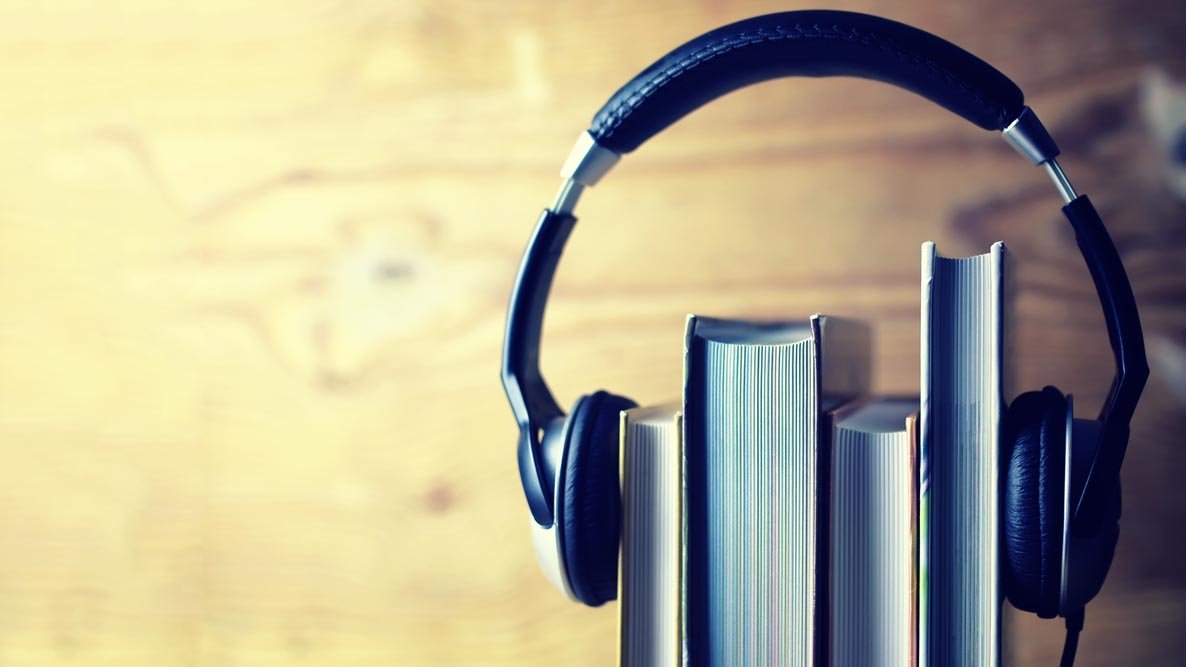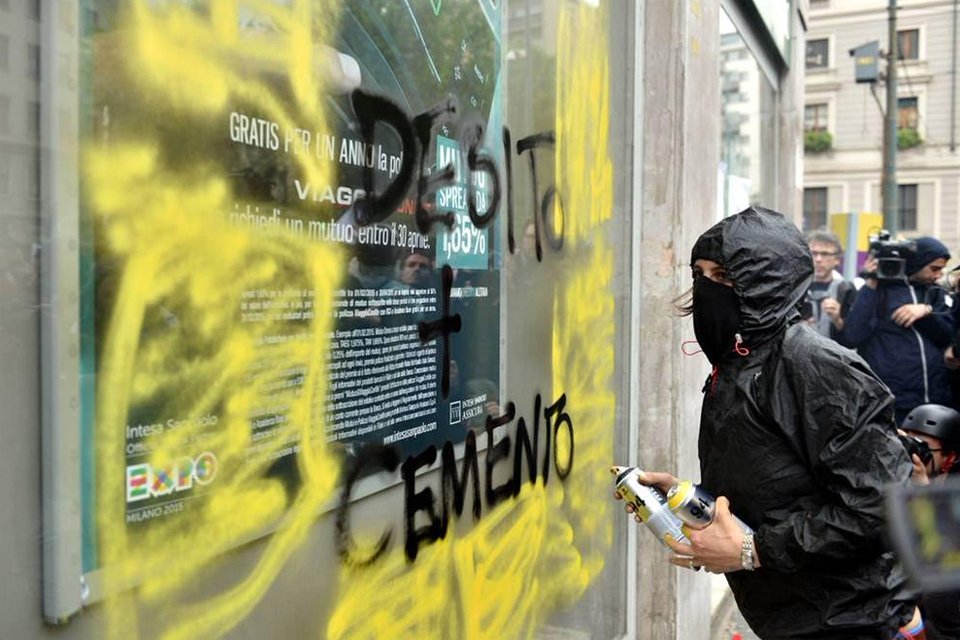Italian is a beautiful language, it’s articulate, poetic, musical. And visual. They say that 75% of a message comes from body language and gesture, and Italian totally proves this; take away gestures from Italian and you might be setting yourself up for some misunderstanding.
You want proof? Consider two of my favourite Italian words: “boh” and “mah”. To really understand their meaning you must couple them with the appropriate gesture; think of a simple question: -“where is John?” –“Boh” [push shoulders back, open arms and turn palms upwards]; this means “I don’t know” and I am stating a fact. If to the same question I answer -“Mah” [look upwards, turn mouth down and palms up without opening arms], then this means “Heaven knows” and I’m opening up a whole world of speculation. On the other hand, think of another question: -“What has John done?” –“Booh” [longer sound, no hand gestures, drop jaw without opening mouth], this means “I kind of know but I don’t understand why”; finally if the answer is “Mah” [make a severe expression], then you should be sure that “I know what John has done and I totally disapprove”.
Italian gestures are also useful for expressing opinions. If, for example I [extend my index and little finger upwards, with the other two folded down and covered with my thumb], this means “I think your wife is unfaithful to you” (note that this does not apply to husbands). If however I accompany the same gesture with the word “Tiè!” and [point the extended fingers at the other person], this becomes a command: “I intend to ward off the bad luck that you want to bring me”. If the other guy is conjuring up a seriously bad omen, you may want to reinforce this gesture by [cupping your other hand and placing it over your testicles] (this does not apply to women).
But of course the best place to see Italian gestures at work is the restaurant; Italian food almost as good as the British, so this must come as no surprise. When you are busy enjoying delicious food, words become a distraction, but this should not stop you from having a conversation. You can signify appreciation for the antipasto by [turning your palm upwards and moving it in a circular motion while making an extatic expression]; by the time the first course arrives you may need some more wine, so you can summon the waiter and ask by [extending your arm, turning your partially curled hand back and forth along the axis of your forearm]. To complete the meal, coffee may be requested by [placing the tips of your thumb and forefinger together and bringing your hand towards your mouth]; finally, if your start the coffee gesture but [raise your hand and do a wavy motion], then you are asking for the bill.
Italian is a beautiful language, but if you just listen you’re only enjoying half the beauty.
And now click here if you want to exercise!
John Peter Sloan & Allen Montrasio



